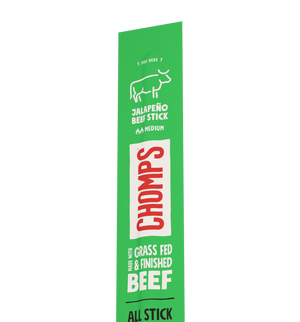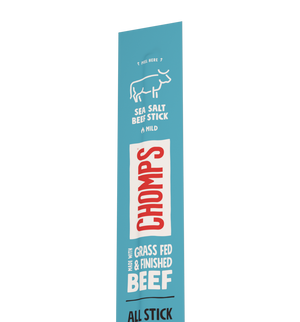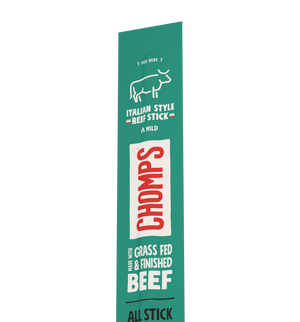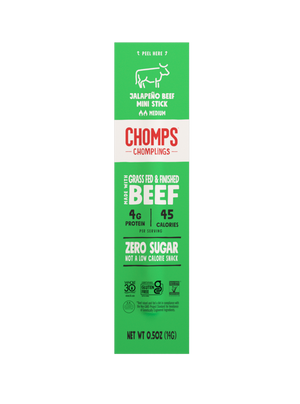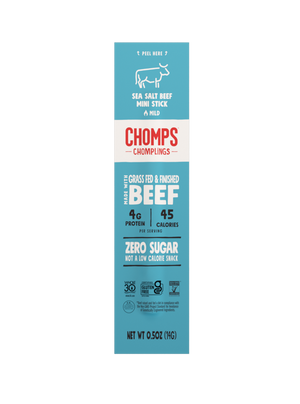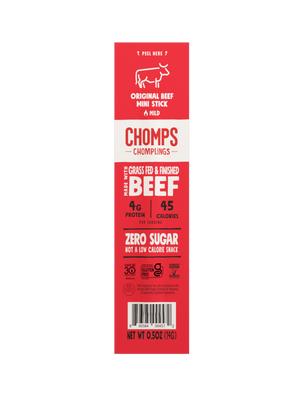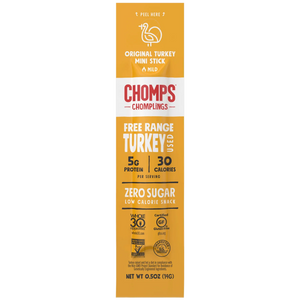When it comes to snacking, there are no shortcuts for high-quality products. This is why we go to great lengths to source from farmers who are committed to treating their land and their animals right - from how they let them roam, to what they feed them (and don’t feed them). Protecting the environment plays a big part in our sourcing decisions.
In honor of Earth Day, we asked one of our farmers all about how they make the earth a better place to live. Enjoy the Q&A below!
What is regenerative agriculture?
‘Regenerative agriculture’ centers around farming in harmony with nature. By focusing on good soil health farmers can enhance natural landscapes, improve climate resilience, and sequester more carbon from the atmosphere.
What practices do you go through to protect your soil and make sure it’s healthy for your animals?
Protecting soils
Maintaining ground cover and minimizing soil disturbance protects soils and prevents carbon from being lost to the atmosphere.
Biodiversity
Biodiversity has so many benefits! Different plant species offer lots of different benefits to their unique landscapes, making pastures and animals much more resilient to extreme weather events and disease. Varying root depths help to feed microbes and aerate the soil, while plant species that grow at different times of year provide a year-round feed source for livestock.
Grazing management
Frequently rotating mobs of animals through different paddocks allows them to interact with the land as they would in nature, fertilzing and aerating soils, naturally. It also affords pastures plenty of time to recover, ensuring soils remain protected and cattle have fresh, nutrient-dense pastures all year round!
What are the standards for your farmers in terms of regenerative farming?
- Ensure ground cover is maintained year-round, with particular attention paid to areas with high erosion risk
- Conduct soil testing for key nutrients, carbon levels and biological activity to ensure practices implemented are having a positive impact
- Adopt minimum tillage practices to prevent excessive soil disturbance
- Develop and implement a rotational grazing plan to ensure optimal feed quality and soil health and adequate recovery time for pastures
-
Protect habitats of threatened species through initiatives such as tree planting and conservation – tree planting also has the added benefit of providing shade and shelter to livestock
- Maintain a variety of grasslands species to improve pasture resilience, soil health and ensure feed availability year-round
- Calculate the farm’s carbon footprint and implement strategies to reduce emissions and increase carbon sequestration
Is regenerative farming more expensive than traditional farming?
For farmers, adopting a regenerative approach there is often a cost associated with introducing new fencing and water infrastructure. Testing soils for carbon levels can also be expensive but it’s an important part of ensuring our farming activities are having a positive impact on our land an animals.
How can raising cattle in open pastures benefit the environment?
Pasture-based production systems can have a positive impact on the environment, making livestock integration a key principle of regenerative agriculture. Cattle provide fertilizer for soils, which promotes plant growth, pulling carbon out of the atmosphere to feed growing plants and naturally helping to offset emissions.
How does regenerative farming help to fight climate change?
Healthy soils are great for drawing carbon out of the atmosphere and keeping it locked away in the ground.
How are Chomps’ meat snacks environmentally friendly?
Chomps are working in partnership with their beef suppliers to promote the adoption of regenerative farming practices for regenerative meat. To learn more about our sourcing practices, visit the inside Chomps page. Check out some Chomps products to see if these tasty and natural ingredients fit in with your lifestyle and snacking choices.
How does regenerative farming benefit the consumer?
Consumers can be confident that ‘Certified Regenerative’ beef is good for the wellbeing of the animals we rely on, the land on which the cattle were raised, the livelihoods of the people who produce our food, and the communities in which they live.
Photos by Olivia Claire Media


